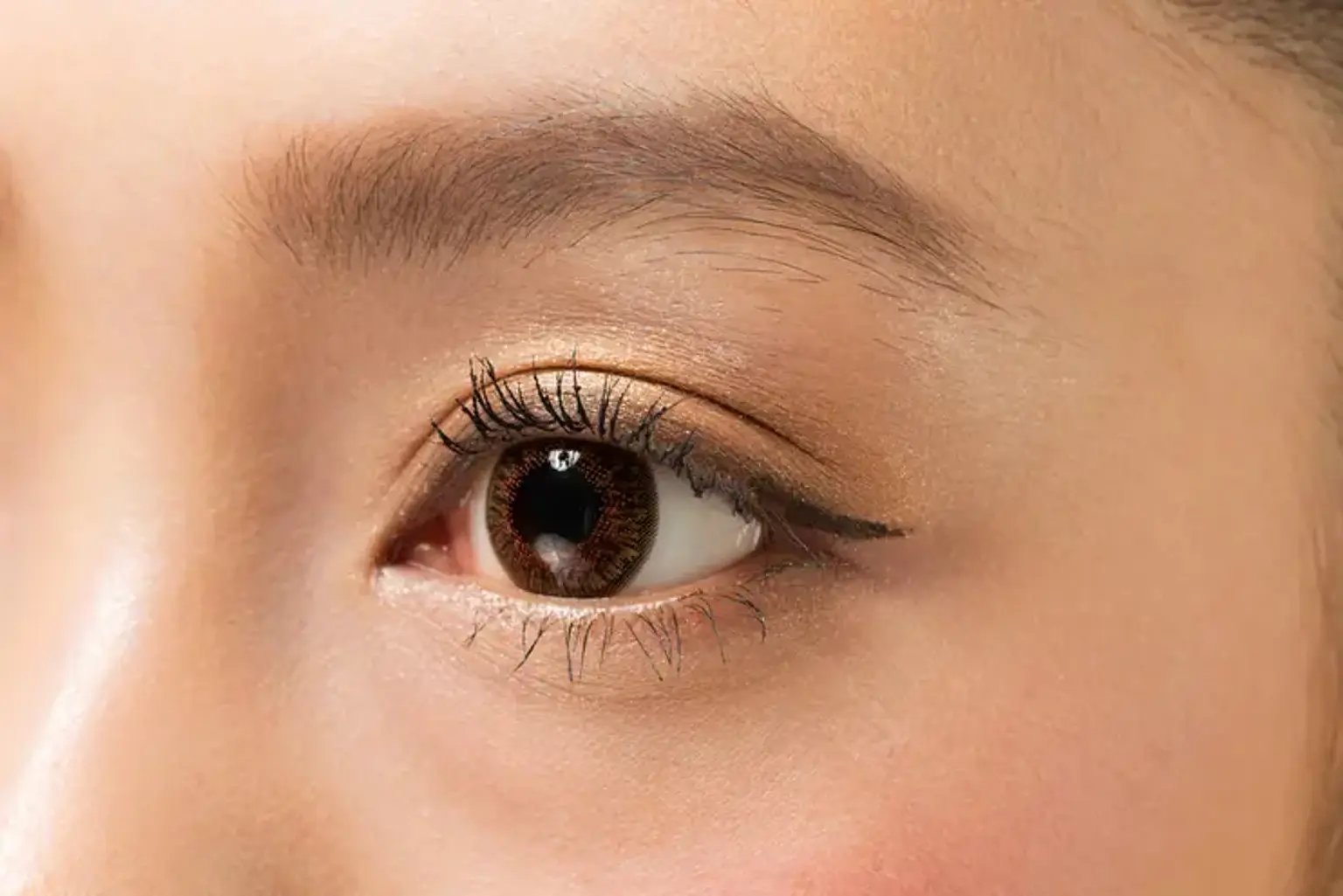Double Fold (Non-Incision)
Since not everyone enjoys invasive operations and long recovery times, non-incisional double eyelid surgery is a great alternative to its incisional counterpart. For someone who has always hated their droopy eyelids, this quick and simple treatment can change their life. Many concerns with the look, expression, and even eyesight can result from abnormalities with the upper eyelids. Some ladies may find it difficult to get a flawless cosmetic look as a result. Here is provided information that you may need to help you learn more about non-incisional double eyelid surgery and determine whether it is worthwhile for you to get the treatment.
